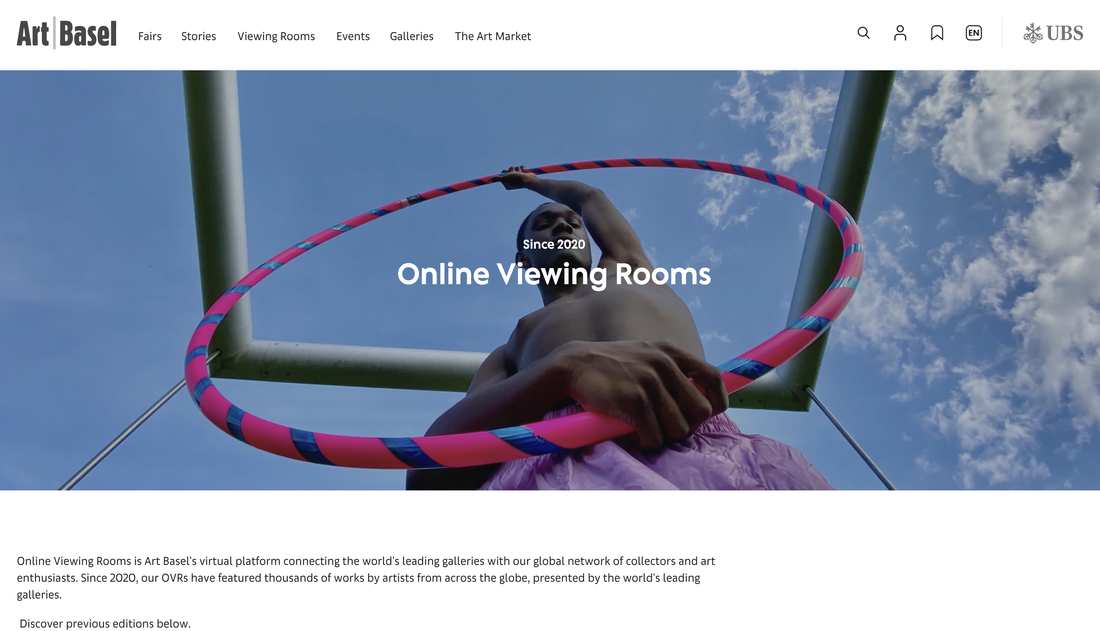'Beginning of a new era': how culture went virtual in the face of crisis by Laura Feinstein7/25/2023 A note after reading an article, "'Beginning of a new era': how culture went virtual in the face of crisis by Laura Feinstein"Reference: https://www.theguardian.com/culture/2020/apr/08/art-virtual-reality-coronavirus-vr Immersive artist, entrepreneur, and director Chris Milk suggested in a popular 2015 Ted Talk that virtual reality could one day become the “ultimate empathy machine,” but despite an initial explosion of interest around the launch of the Oculus Rift headset in 2015, immersive media remained largely niche. However, with repeated efforts and advances in technology, it is now possible to take a virtual walk through the spring flower landscape of the New York Botanic Garden. Surprisingly, the pandemic has ushered in a golden age of virtual media, making good on the early promise of digital, while giving new life and unprecedented access to some of the world's cultural touchstones that were previously financially or physically inaccessible. Although the world has never been physically isolated, digital media has provided bridges as well as a range of exciting experiences. When the Google Arts & Culture initiative first launched in 2011, the ambitions were modest. Today, thousands of users each month virtually explore treasures from the Uffizi to the Guggenheim, driving a boom in art-oriented VR projects. It includes the Met 360 project, the Metropolitan Museum of Art's award-winning video series. The project uses spherical 360° technology created by renowned producer Nina Diamond to invite viewers to explore the Temple of Dendur. Recently, the digital team reported a 4,106% increase in streaming viewership, a 150% increase in YouTube video views, and significant increases in social and website engagement. The most discussed virtual project of the past month was Art Basel's online viewing room, which was so popular upon release that the site went down. Art Basel's global director, Marc Spiegler, explained, "It was already scheduled before the COVID-19 outbreak, but the cancellation of the Hong Kong fair accelerated the debut." A virtual exposition featuring 2,100 works combined with 234 galleries seemed the most logical response to the unprecedented disruption, with perks like a ZoomRoom where galleries and artists could walk through viewing areas with potential collectors. Since launching its first online room in 2017, David Zwirner Gallery has seen a surge in digital attention both on viewing platform David Zwirner Online and on its podcast Dialogues. "Online exhibitions can do things offline exhibitions cannot." Head of Content Lucas Zwirner explained. "They may include videos, longer excerpts of art-historically relevant material, and artist-created content." Like any other medium, online spaces become meaningful and informative only if we are thoughtful about how we approach them. “This is just the beginning of a new era of experiencing art through the digital realm.” “As physical space is no longer a priority, the cultural sector is rushing events, exhibitions and experiences for audiences that are fully digital first.” Achieving this, she noted, requires an egalitarian perspective. Almost everyone has a cell phone and computer at home, but few have traditional VR headsets. This represents an increase in 360-degree video, Google Cardboard, and conferencing tools that can be easily streamed from home. “For digital innovators, this is an opportunity to openly experiment and push the limits of our creative and technological vision,” said Fei. "For everyone else, it's a crash course in digital marketing classification."
0 Comments
Leave a Reply. |
Myungja Anna KohArtist Categories
All
Archives
July 2024
|
Proudly powered by Weebly



 RSS Feed
RSS Feed